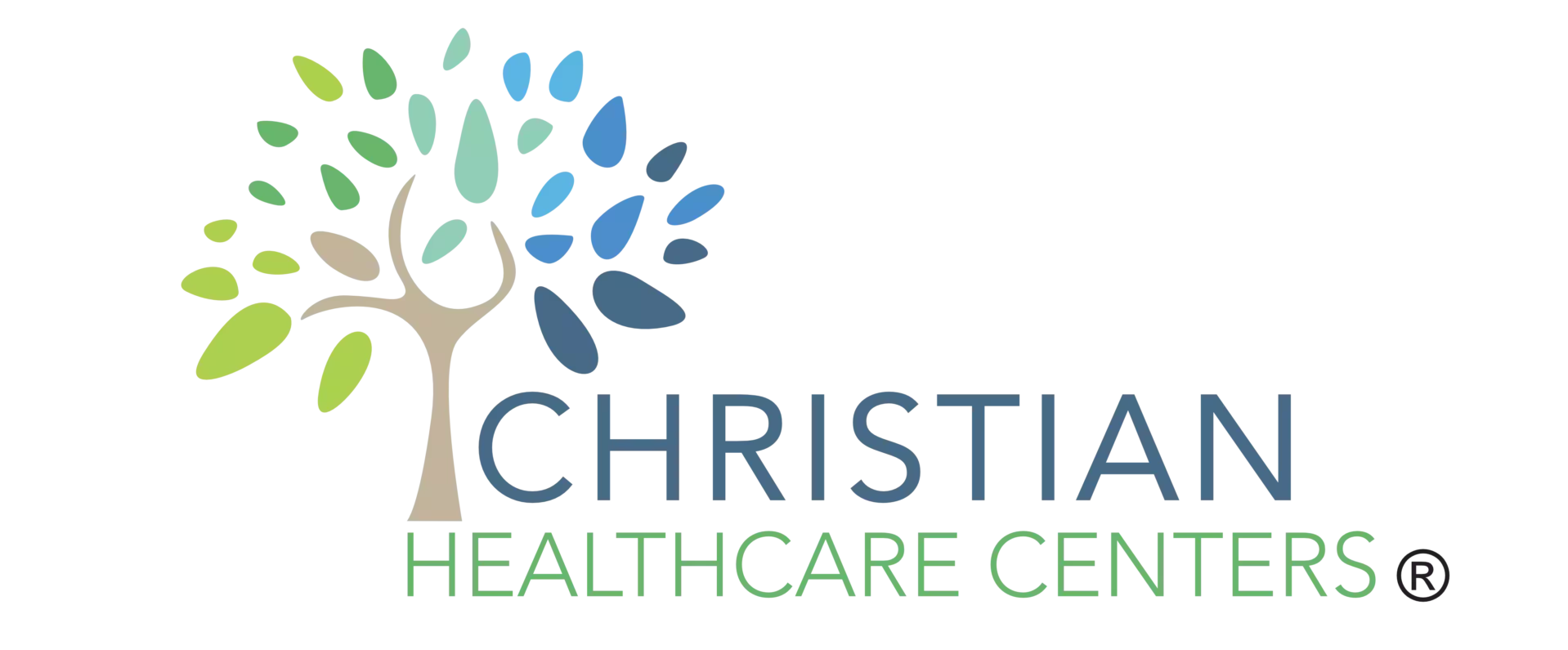Imagine a healthcare system that puts you at the center of your own care, where the focus is on prevention rather than just treating symptoms. Picture a scenario where your doctor takes the time to build a trusting relationship with you, empowering you with knowledge and actively involving you in decision-making. These are just a few of the strategies employed in direct primary care and prevention.
But what exactly are the six best strategies that can revolutionize the way healthcare is delivered? In this discussion, we will explore these strategies and how they can transform your healthcare experience, leaving you with a sense of control and confidence in your well-being.
Building Trust and Communication
To effectively build trust and improve communication, it’s crucial to establish a strong foundation of mutual understanding and open dialogue. Building rapport is an essential part of this process. It involves creating a sense of connection and familiarity with others, allowing for a more comfortable and trusting relationship. When you take the time to get to know someone on a personal level, show genuine interest in their thoughts and feelings, and actively listen to what they’ve to say, you can build a solid rapport that forms the basis for effective communication.
Effective communication is vital for fostering understanding and resolving conflicts. It involves expressing yourself clearly and listening attentively to others. When you communicate effectively, you convey your thoughts and feelings in a way that’s easily understood by others. This helps to avoid misinterpretations and misunderstandings that can lead to friction and tension in relationships.
One way to improve communication is by using active listening skills. This means fully engaging with the person speaking, giving them your undivided attention and showing them that you value their input. Active listening involves not only hearing what someone is saying but also understanding their perspective and responding in a thoughtful and empathetic manner.
Open and honest dialogue is another crucial aspect of effective communication. By creating an environment where individuals feel safe to express their thoughts and concerns, you can foster open dialogue that encourages collaboration and problem-solving. This involves being willing to address difficult topics and actively seeking feedback from others.
Promoting Patient-Centered Care
Promote patient-centered care by actively involving patients in their healthcare decisions and prioritizing their individual needs and preferences. Patient advocacy and personalized medicine are key components of this approach, ensuring that patients feel heard, respected, and empowered in their healthcare journeys.
One way to promote patient-centered care is by encouraging shared decision-making between healthcare providers and patients. This involves providing patients with all the necessary information about their condition, treatment options, and potential risks and benefits. By presenting this information in a clear and understandable manner, patients can actively participate in making informed decisions that align with their values and preferences.
Another important aspect of patient-centered care is the recognition and validation of individual needs and preferences. Healthcare providers should take the time to listen to patients’ concerns, beliefs, and goals and incorporate these factors into their treatment plans. This personalized approach not only improves patient satisfaction but also enhances treatment outcomes.
To engage the audience and provide a visual representation of patient-centered care, here is a table showcasing the key elements of this approach:
| Key Elements of Patient-Centered Care | Benefits |
|---|---|
| Actively involving patients | Increased patient satisfaction and engagement |
| Prioritizing individual needs | Improved treatment outcomes and adherence |
| Encouraging shared decision-making | Enhanced patient autonomy and empowerment |
| Recognizing and validating preferences | Cultivating a trusting patient-provider relationship |
Enhancing Shared Decision-Making
By actively involving you in your healthcare decisions, enhancing shared decision-making allows for collaborative and informed choices that align with your values and preferences. This approach promotes autonomy and enhances your engagement as a patient. Shared decision-making recognizes that you’re the expert on your own life and values and that your healthcare decisions should reflect your unique needs and goals.
When you’re actively involved in the decision-making process, you’re more likely to feel empowered and satisfied with the outcomes. Your healthcare provider becomes a partner in your care, working with you to explore different treatment options and their potential benefits and risks. Together, you can discuss the available evidence, consider your personal circumstances, and make decisions that are right for you.
Enhancing shared decision-making also helps address any concerns or uncertainties you may have. By openly discussing your preferences and values, your healthcare provider can better understand your needs and tailor their recommendations accordingly. This collaborative approach fosters a sense of trust and mutual respect, as you’re actively participating in the decision-making process rather than simply being a passive recipient of care.
In order to enhance shared decision making, it’s important for healthcare providers to provide clear and accessible information to you. This can include educational materials, decision aids, and open discussions about the potential benefits and risks of different treatment options. By promoting transparency and ensuring that you have all the information you need, your healthcare provider can empower you to make informed decisions about your health.
Improving Access and Continuity of Care
Improving access and continuity of care ensures timely and consistent healthcare services that meet patients’ needs. By implementing strategies to enhance access and continuity, healthcare providers aim to improve efficiency and reduce healthcare costs while also fostering a sense of belonging and connection for patients.
One way to improve access is through the use of technology. Telemedicine, for example, allows you to connect with healthcare professionals remotely, eliminating the need for travel and reducing wait times. This not only improves efficiency but also ensures that you can access healthcare services regardless of your location or mobility. Additionally, online portals and scheduling systems make it easier for you to book appointments and communicate with your healthcare team, further enhancing access and continuity of care.
Another strategy to ensure continuity of care is by fostering strong relationships between patients and healthcare providers. When you have a consistent healthcare team that knows your medical history and understands your unique needs, you can receive more personalized and effective care. This continuity also helps to avoid duplicate tests or unnecessary procedures, leading to cost savings in the long run.
Furthermore, care coordination plays a crucial role in improving access and continuity. By linking different healthcare providers and services, such as specialists, hospitals, and community resources, you can receive comprehensive and coordinated care. This reduces the risk of fragmented and disjointed care, ensuring that all aspects of your health are addressed efficiently.
Empowering Patients Through Education
To empower patients through education, it’s essential to provide you with the knowledge and resources necessary to participate in your own healthcare decisions actively. When you have a better understanding of your health conditions, treatment options, and preventive measures, you can make informed choices that align with your personal preferences and values. Patient education plays a crucial role in empowering you to take control of your health and well-being.
By providing you with the necessary information, healthcare providers can help you navigate through the complexities of the healthcare system. They can explain medical jargon, clarify treatment plans, and address any concerns or questions you may have. Empowering patients through education involves creating a collaborative and supportive environment where you feel comfortable expressing your needs and goals.
In addition to face-to-face interactions with healthcare providers, patient education can also be facilitated through various resources. These resources can include pamphlets, brochures, videos, websites, and mobile applications. These tools can provide you with access to valuable information at your convenience, allowing you to learn at your own pace and revisit the material as needed.
Furthermore, patient education can extend beyond the clinical setting. Support groups, community workshops, and online forums provide opportunities for you to connect with others who share similar health concerns. These platforms foster a sense of belonging and allow you to learn from the experiences of others.
Strengthening the Doctor-Patient Partnership
Effective communication and mutual trust are key to strengthening the doctor-patient partnership. Building a strong foundation of trust and open communication is essential for fostering collaboration between doctors and patients. Patients who feel heard and understood are more likely to actively participate in their healthcare journey. Likewise, when doctors take the time to listen and engage with their patients, it creates a sense of belonging and partnership.
| Building a Strong Foundation | Fostering Collaboration |
|---|---|
| – Encourage patients to ask questions and actively participate in their healthcare decisions. | – Encourage patients to ask questions and be actively involved in their healthcare decisions. |
| – Provide clear and concise explanations of medical conditions, treatment options, and potential risks. | – Collaborate with patients to develop personalized care plans that align with their goals and values. |
| – Respect patients’ autonomy and involve them in shared decision-making processes. | – Share relevant information and resources to empower patients to make informed decisions. |
| – Actively listen to and address your patients’ concerns with empathy and understanding. | – Communicate in a language patients can easily understand, avoiding medical jargon. |
Final Thoughts
When it comes to direct primary care and prevention, building trust and communication is like the sturdy foundation of a house. Patient-centered care is the roof that protects and shelters patients, while shared decision-making is the strong walls that provide support and stability.
Improving access and continuity of care is the key that opens the doors to a healthier future. Patient education is the bright light that guides and empowers individuals.
Finally, the doctor-patient partnership is a beautiful garden that flourishes with mutual understanding and care. Together, these strategies create a harmonious and thriving healthcare system.


